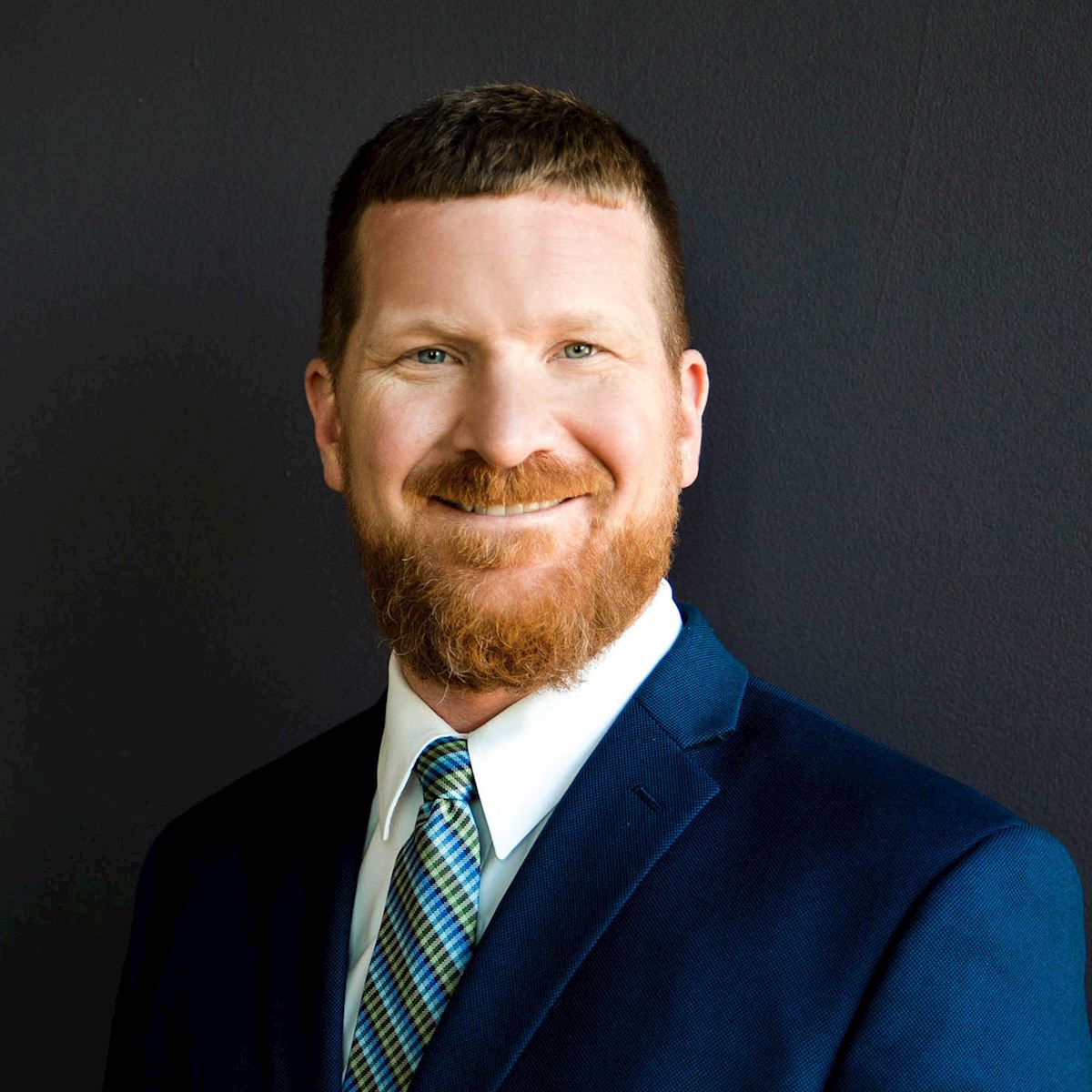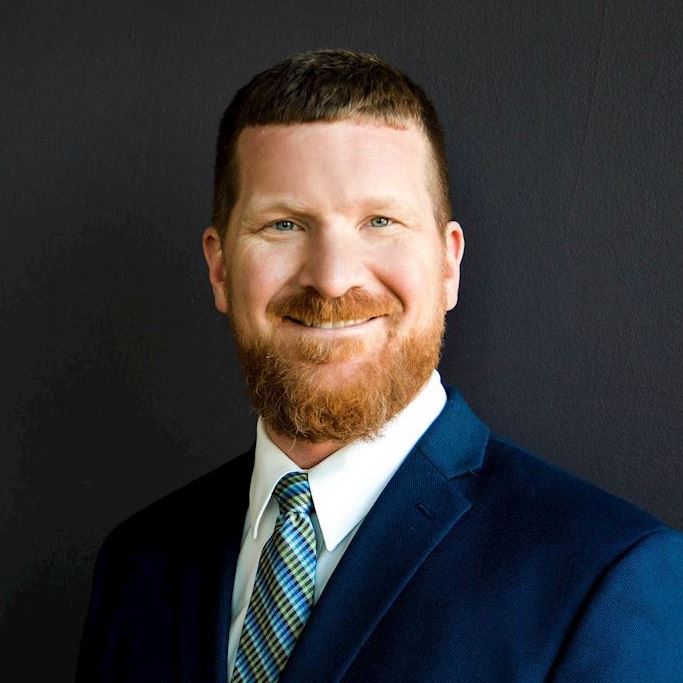By the time you’ve had spine surgery, you’ve already been through a lot. Months of pain. Visits to specialists. Rounds of treatment. Yet, in a way, your journey is just getting started.
The recovery time from spinal surgery is long. It takes months to heal. For some types of back surgery, it takes a whole year.
That’s because your spine is the connection point to the rest of your body, affecting the feeling and movement from your fingers to your toes. After surgery, you not only have to give it ample time to heal itself; you also have to retrain it to move and function without the pain that was plaguing you.
Physical therapy gets you moving again.
“There are many benefits to coming to physical therapy after any spinal surgery. First, it helps you regain mobility of your spine so you can move again,” says Jason Augustine, a physical therapist at The Iowa Clinic’s Spine Center. “The bigger benefit is that you rebuild the strength and endurance you lost following surgery. It helps set the course for your return to normal activity.”
Your normal is different from the next person’s. So no two post-spinal surgery physical therapy programs are alike.
“We really try to individualize the program and train you in the tasks that you have to do on a daily basis,” Augustine says. “It might be as simple as lifting a weighted object off the floor or carrying a five-pound bag. Or it could be carrying a 50-pound box across the room because it’s required for work.”
Different spinal surgeries present different limitations too. There's a greater emphasis on regaining mobility after a lumbar discectomy or laminectomy surgery, Augustine says. Spinal fusions, on the other hand, require more patience and an early focus on stretching.
“With all spinal surgeries, we will want to progress on to a strengthening component as well. We focus on the musculature that has the most loss of strength,” he says. “As you get stronger over time, we’ll progress from exercises to the functional tasks you need to do every day.”
Great! When do I start?
It takes time for all the nerves, bones, muscles and ligaments to heal after spine surgery. In the beginning, your mobility is impaired, and you will be inactive for weeks.
“It’s always your surgeon’s call. For simpler surgeries like a discectomy or laminectomy, it’s usually about four weeks before you’ll start physical therapy. For spinal fusions and other complex surgeries, your period of inactivity is much longer — more like six to eight weeks,” Augustine says.
Before any rehab begins, your surgeon will want to ensure everything has healed up properly. Once you’re cleared for activity, you still have to take it easy and gradually work your way back to your normal activities. If you rush it, you risk reinjury and further prolong an already lengthy recovery process.
Your recovery time depends on how your body responds to the surgery and physical therapy. But the length of post-surgery inactivity can clue you in to how long you’ll need PT.
“The average physical therapy program after a discectomy or laminectomy is about four weeks. Fusion surgeries run two to three times longer, lasting eight to 12 weeks,” Augustine says. “With the increased downtime post-surgery, there’s more muscle atrophy. So, it takes that much more time to regain the strength, mobility and endurance you need to get back to your daily routines.”
This is going to hurt, isn’t it?
“We get that a lot. Some people come in and say physical therapy stands for ‘pain and torture.’ But that’s not our goal,” Augustine says.
Their goal is your goal. A physical therapist’s job is to push you in your recovery and help you safely get back to where you want to be. Your body is healing so you can expect some discomfort. But pain is never a part of the program.
“Pain is what led you to surgery in the first place. We don’t want that. We may walk to that threshold of pain but we don’t want to cross it,” Augustine says. “We do want to push you a little bit, whether that’s with mobility or strengthening activities, to progress toward pain-free movement.”
Home exercises are still an important part of your recovery.
Whether it’s four weeks or three months, your post-surgery physical therapy program won’t last forever. And your recovery continues well after your last PT visit. It’s important to start incorporating the stretches and exercises you’ve learned on your own at home.
“From the first time we see you, we’ll introduce some home exercises. As you progress, we’ll constantly evolve your home program to more complicated exercises or tasks,” Augustine says.
Think of physical therapy as school and the at-home exercises as the coursework you need to complete to get a passing grade. And yes, there will be a test.
“We have different tests and measures to show you where you were when you started compared to where you are at the end,” Augustine says. “That comparative data and the feedback from how you’re doing at home tell us when you’ve hit the goals we’ve established.”
Although you’ve completed your PT, there’s still work to be done. At your last visit, you’ll get a long-term exercise program, ranging anywhere from four to 12 weeks, to help you make a full recovery and return to activity.
“We’ll incorporate some exercises, but we also offer instruction and advice on the things you can do on your own or in a fitness setting,” Augustine says. “Because exercise and fitness are what helps keep your back healthy and prevent injury or pain.”
And while you’re on your own, you’re not alone. If you have a setback or set new goals, you can always visit your physical therapist to help you on your way.


